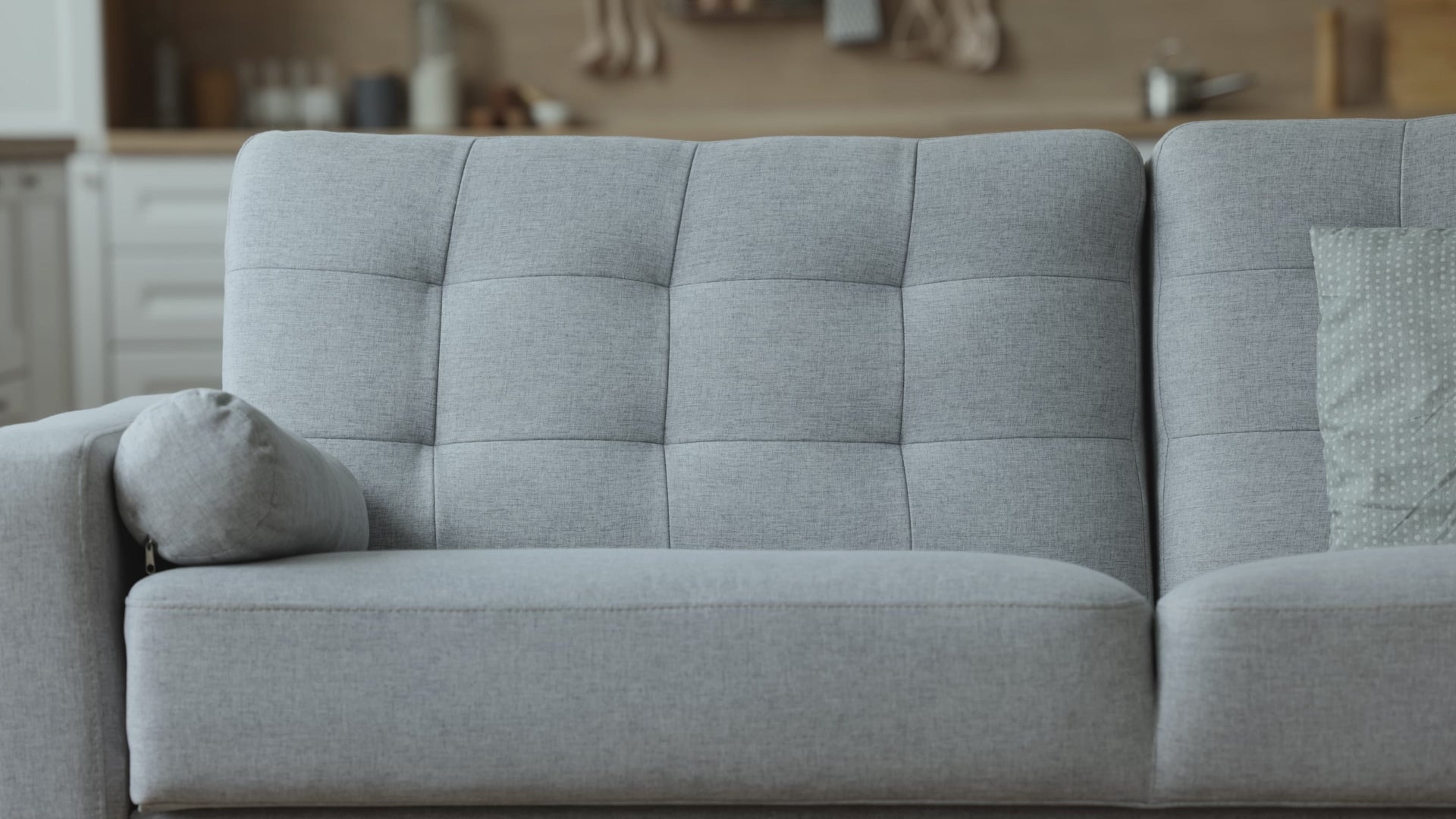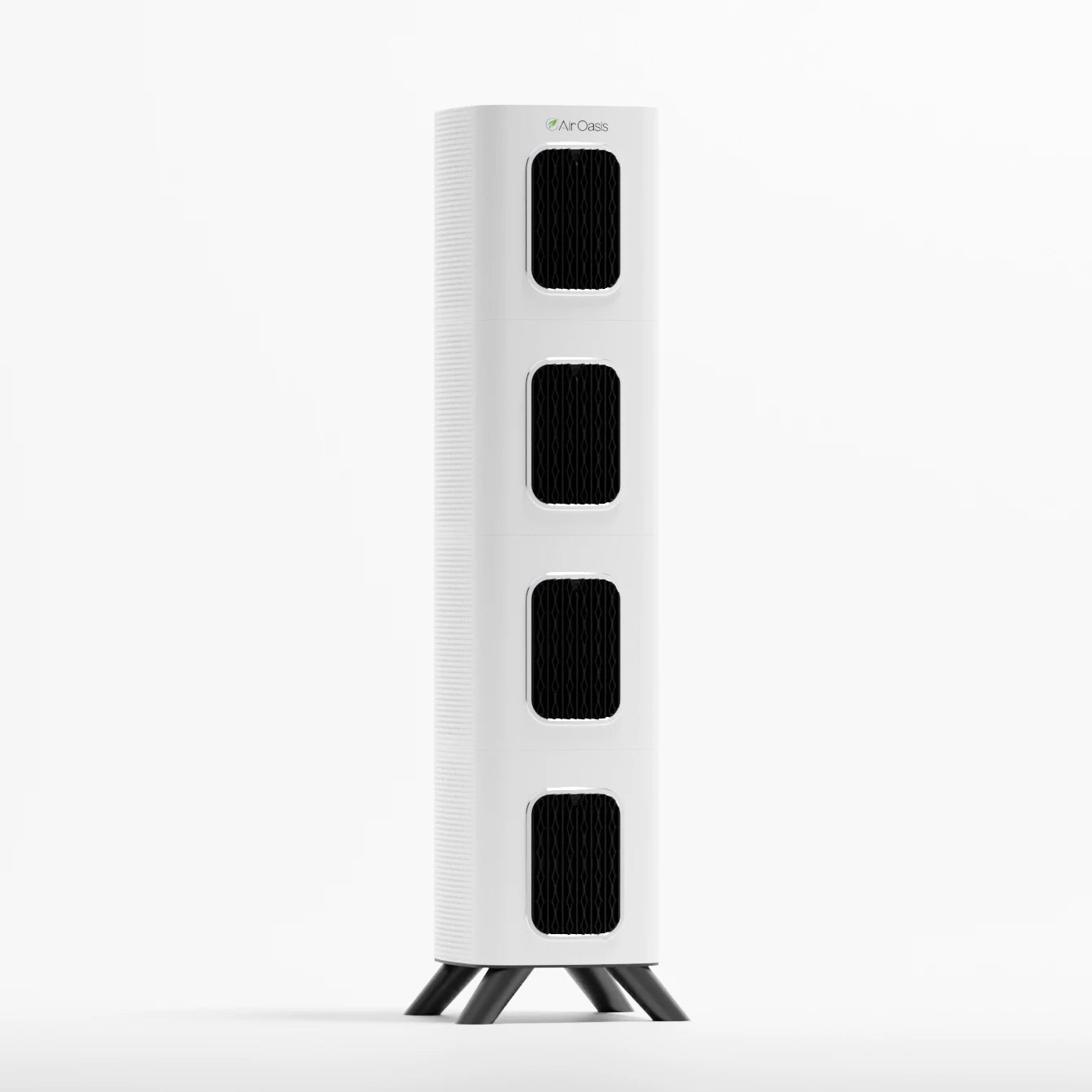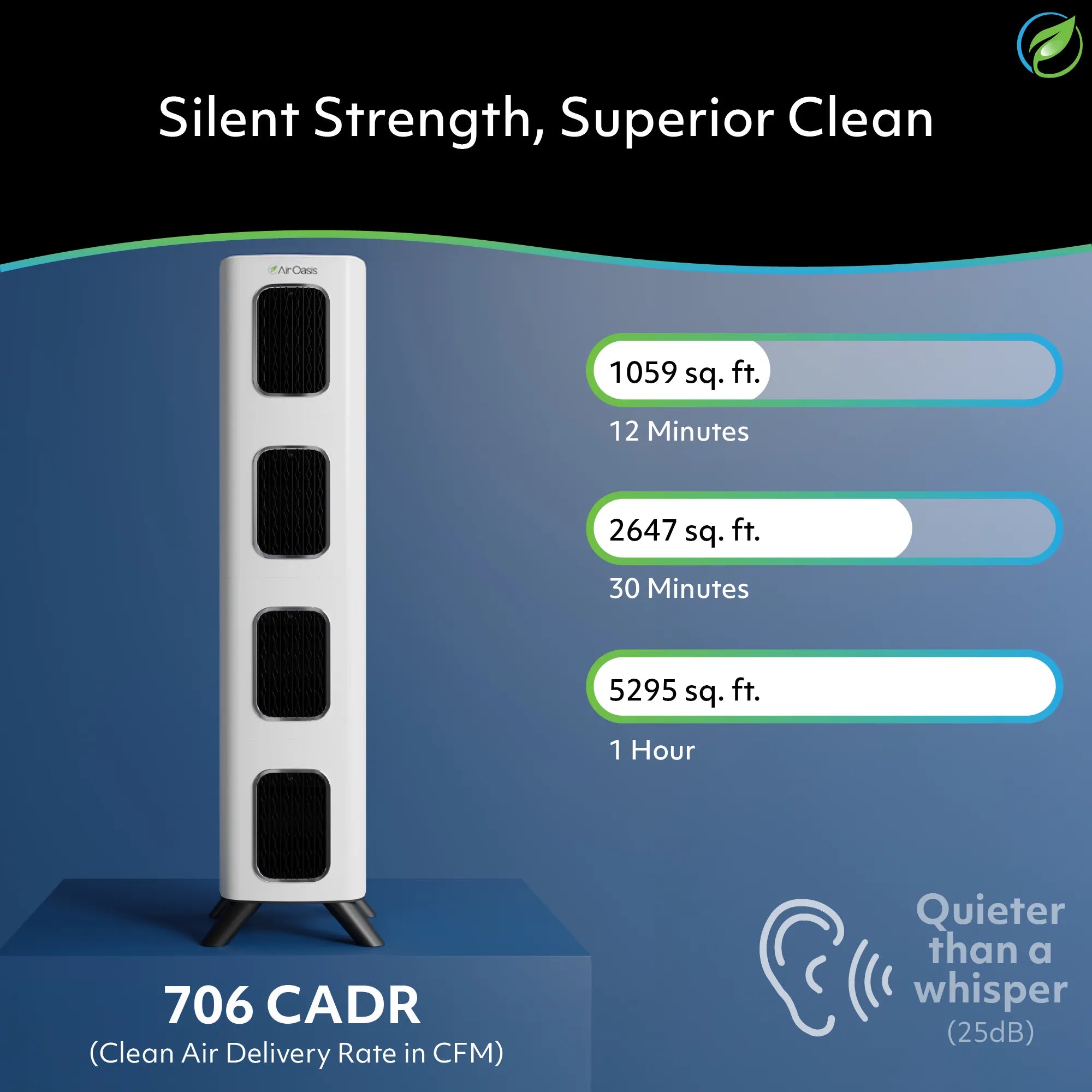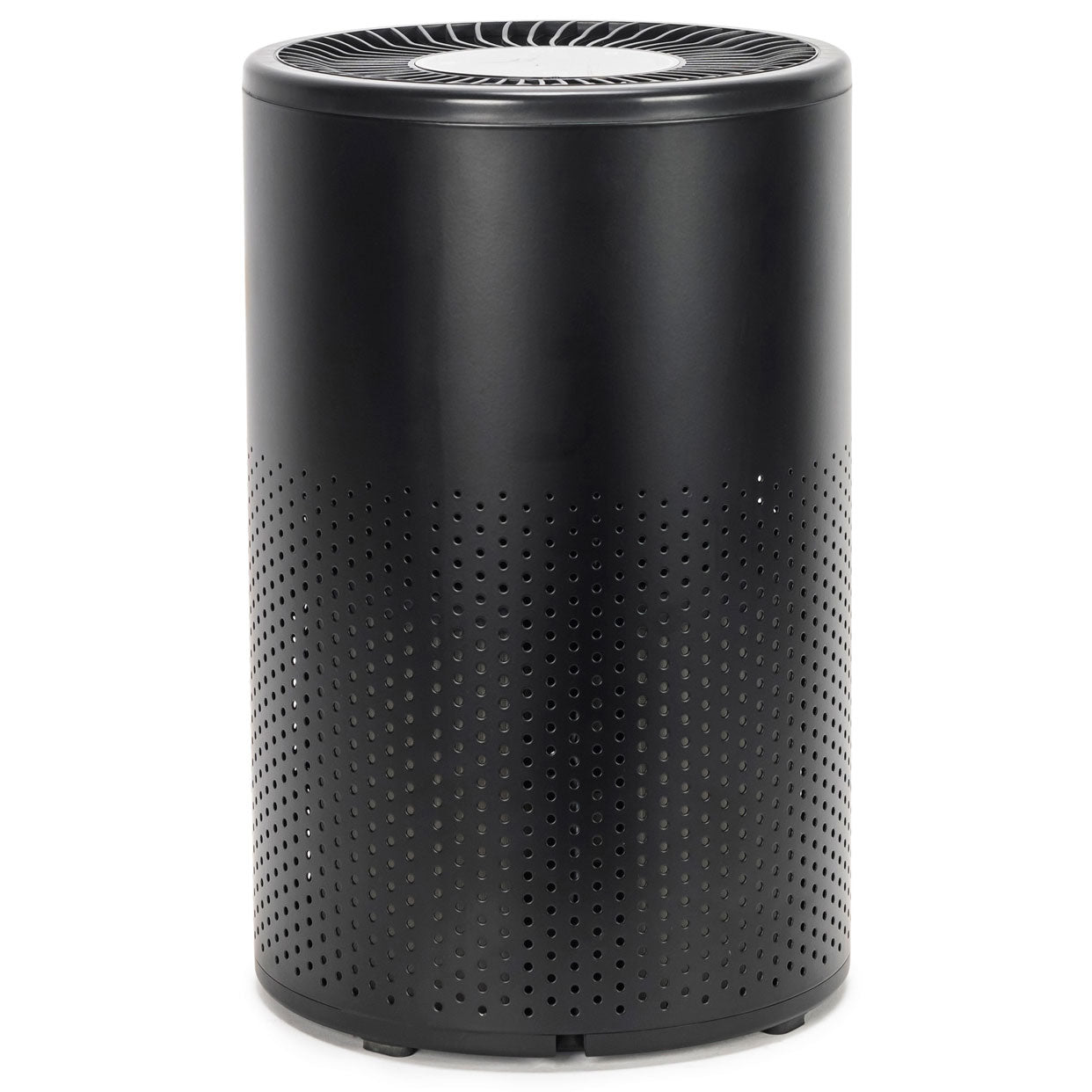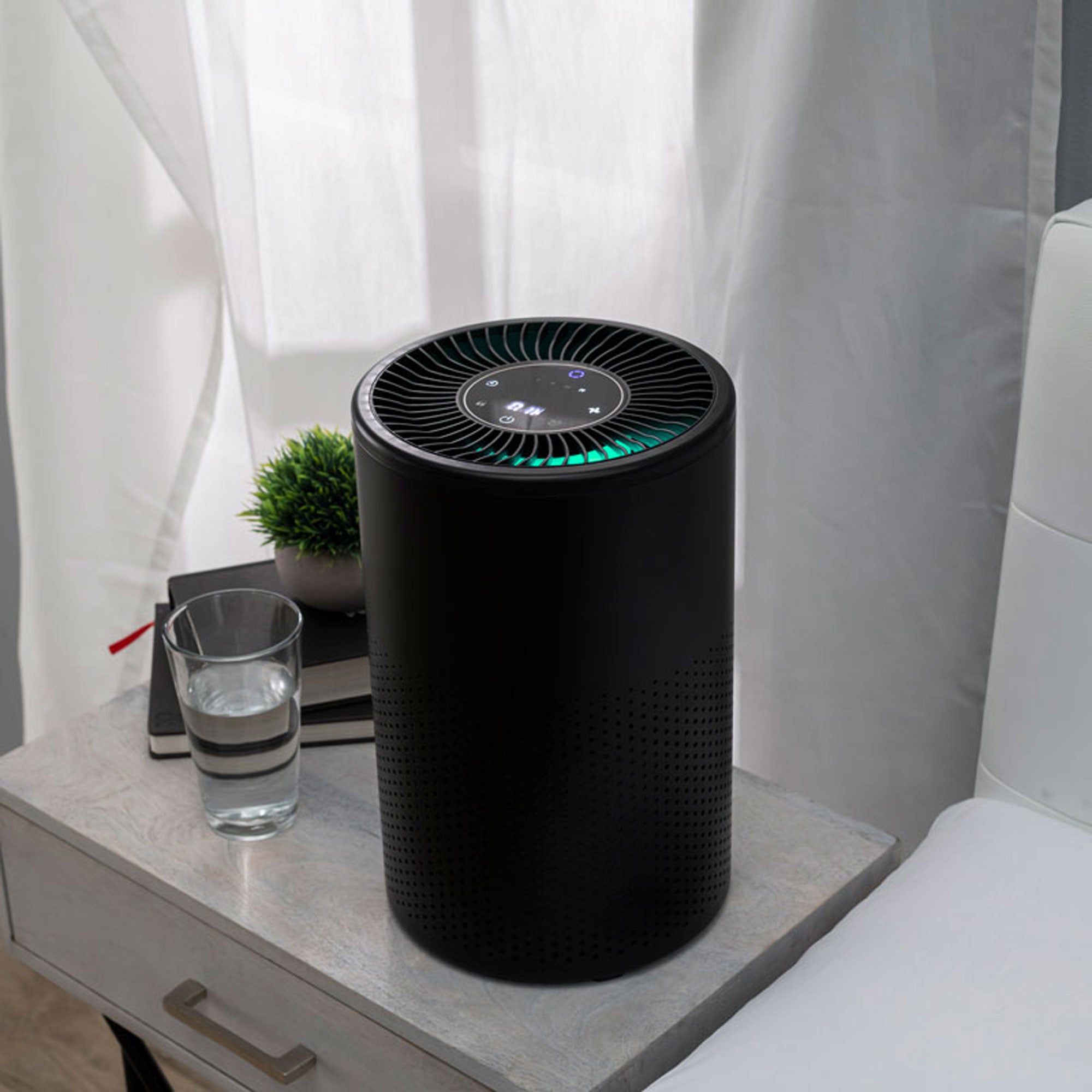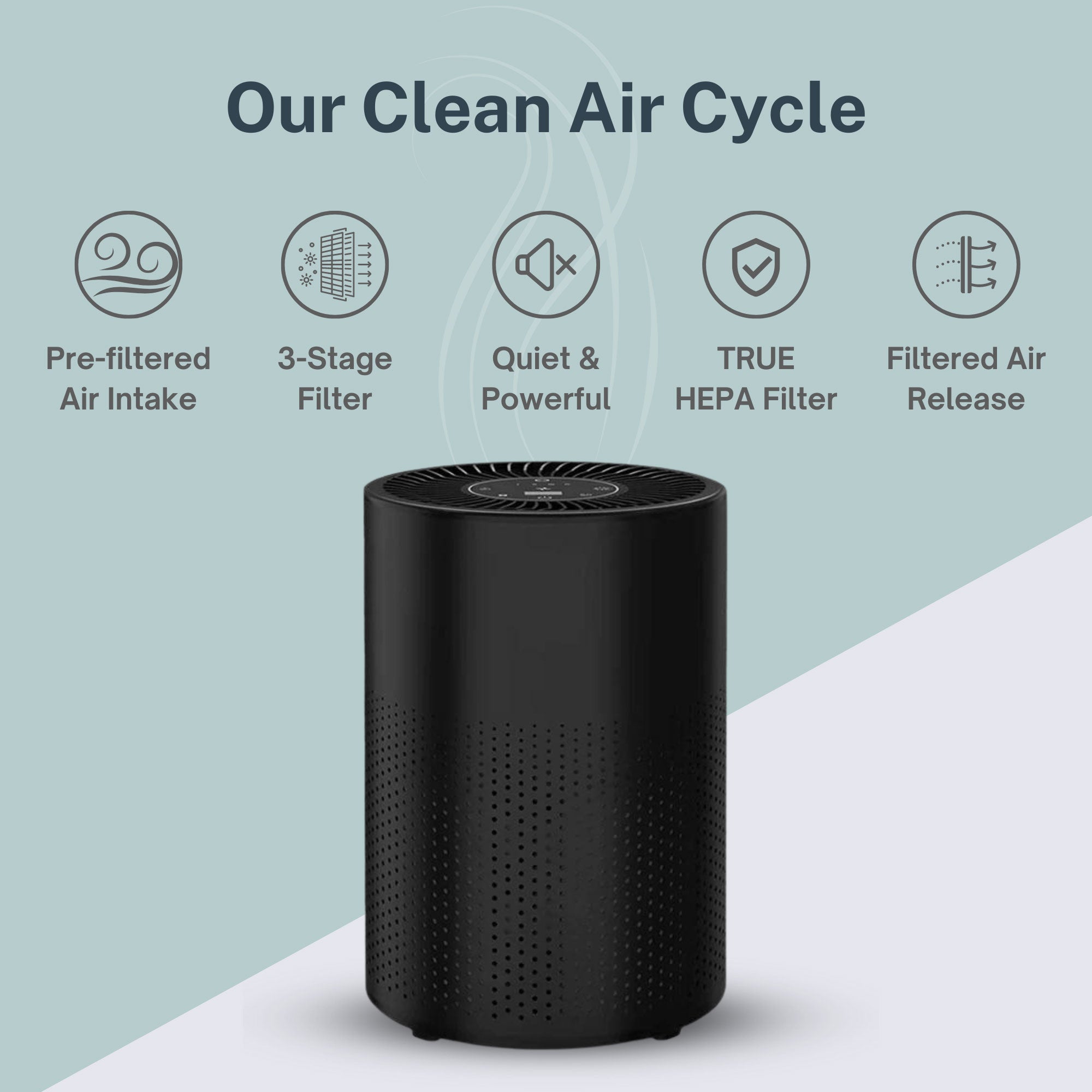Living with an autoimmune disease often feels like a daily battle of managing frustrating symptoms like pain, exhaustion, breathing issues, and more. While medications provide relief for some, they rarely eliminate symptoms completely. However, emerging research highlights one promising complementary support—clean indoor air through air purification technology.
Could improving the indoor air quality in your home provide another avenue for calming autoimmune flare-ups?
For the over 50 million Americans suffering from autoimmune conditions like rheumatoid arthritis, lupus, type 1 diabetes, Graves’ disease, and multiple sclerosis (MS), symptom management is a central focus. This also commonly includes tracking triggers that seem to spark increased disease activity and flare-ups—things like stress, skipped medications, or too little sleep. However, one sneaky and often overlooked flare contributor could be hiding in plain sight in your home. Here’s a hint: it’s the very air your family breathes in day and night.
Let’s explore the promising possibilities of how enhancing your indoor air quality could minimize certain autoimmune discomforts for good. Read on for insights into the ties between indoor air quality, immune health, and tools like air purifiers.
What are Autoimmune Diseases?
Autoimmune diseases occur when the immune system mistakes the body's own tissues for foreign invaders and launches an attack. This leads to inflammation and damage of organs, joints, skin, and more. Those suffering from autoimmune issues often deal with frustrating, intermittent flare-ups of symptoms like pain, fatigue, skin rashes, digestive distress, and breathing problems.
The Connection Between Indoor Air Quality and Autoimmune Diseases
Emerging research indicates that even just short-term exposure to poor indoor air quality could actually provoke autoimmune symptom flare-ups in some patients. This is due to increased exposure to airborne allergens, chemicals, mold, dust mites, and other irritants found in indoor environments. When inhaled, these particles spark inflammation that travels throughout the body—even hyperactivating already overzealous immune responses.
Studies specifically link higher indoor air pollution with increased risk of flare-ups and disability progression for conditions like rheumatoid arthritis, multiple sclerosis, and lupus. The good news? Proactively improving indoor air quality through air purification technology could help minimize exposure to symptom-triggering particles.
Role of Air Purification in Managing Autoimmune Diseases
Air purifiers work by pulling air through specialized filters designed to capture microscopic pollutants like pollen, pet dander, mold spores, dust mites, and chemicals. As air circulates through the machine, contaminants are trapped while cleaner air is expelled back into the room.
For those with autoimmune issues, using True HEPA filtration and activated carbon air purifiers shows particular promise for lessening flare-up frequency by removing respiratory irritants. Small, in-home air purifiers represent a straightforward, non-invasive way to proactively curb symptoms day-to-day alongside medication.
Why Choose Air Oasis Air Purifiers
- Air Oasis is an industry leader committed to clean indoor air through innovative purifier technology and public education. Their revolutionary combination of top air purification technologies destroys airborne contaminants at microscopic levels, including irritants implicated in autoimmune symptom flares.
Let’s break down the technologies used by the Air Oasis iAdaptAir line of powerful yet whisper-quiet air purifiers.
- True H13 HEPA Filtration: A self-contained H13 HEPA filter that uses extremely fine mesh to capture 99.97% of airborne particles as small as 0.1 microns, including dust, pollen, mold, bacteria, and pet dander.
- Activated Carbon Filtration: The activated carbon filter absorbs smoke, toxic chemicals, odors, and gaseous contaminants from indoor air through a porous surface that traps chemicals and gasses on carbon binding sites throughout the filter.
- Bi-Polar Ionization: Specialized ion emitters use high voltage to create positively and negatively charged ions, which then travel through indoor air to attract and neutralize pollutants on surfaces, deactivating viruses, mold, mycotoxins, and mold spores.
- UV-C Light: UV-C light rays with short wavelengths break molecular bonds in pathogens like bacteria and viruses, rendering them unable to replicate and effectively killing them as they pass through the purifier.
-
Silver Ionization: By embedding a pure silver mesh filter inside the air purifier, the iAdaptAir continuously releases antimicrobial silver ions that damage pathogen cell walls and DNA, safely suppressing mold, bacteria, and viruses in the indoor environment.
Upon adding an iAdaptAir unit into their homes, customers report significant health improvements across respiratory function, allergy symptoms, sleep quality, and more.
Tips for Using Air Purifiers Effectively for Symptom Management
Getting the most out of your air purifier involves optimizing placement and maintenance. Follow these best practices:
- Choose a unit sized appropriately for the room it will operate in and place it near high-traffic zones or bedrooms. This ensures sufficient air circulation and purification where you need it most.
- Clean the outer surface using a damp cloth monthly to prevent dust buildup which could impede airflow.
- Wash prefilters every 4 weeks.
- Replace the HEPA filter on your unit every 6-12 months for peak particle removal. Mark your calendar to remember this important step!
- Consider additional allergen reduction tactics like mattress covers, weekly hot water laundry, humidity monitoring, and a shoe-free home policy. Attack contaminants from all angles!
Employing a whole-home air purifying system with stand-alone units in key rooms provides the best protection by continuously filtering indoor air. Proper usage and upkeep lead to cleaner indoor breathing space, which paves the way for reduced autoimmune flare-up frequency and intensity over time. Breathe easier with cleaner air!
Air Purifiers = Another Tool in the Autoimmune Toolbox
In the ongoing quest to minimize frustrating, intermittent autoimmune flare-ups, clean indoor air is pivotal for calming inflammation pathways. By filtering away symptom triggers, investments like Air Oasis purifiers could make an immense difference in pain levels, lung function, fatigue, and general well-being over time.
Air purification technology offers a simple way to proactively aid the body’s overactive immune responses. Alongside proper treatment plans, creating a healthier home atmosphere lights the way for more vibrant, comfortable days. Shop our line of iAdaptAir purifiers today.











